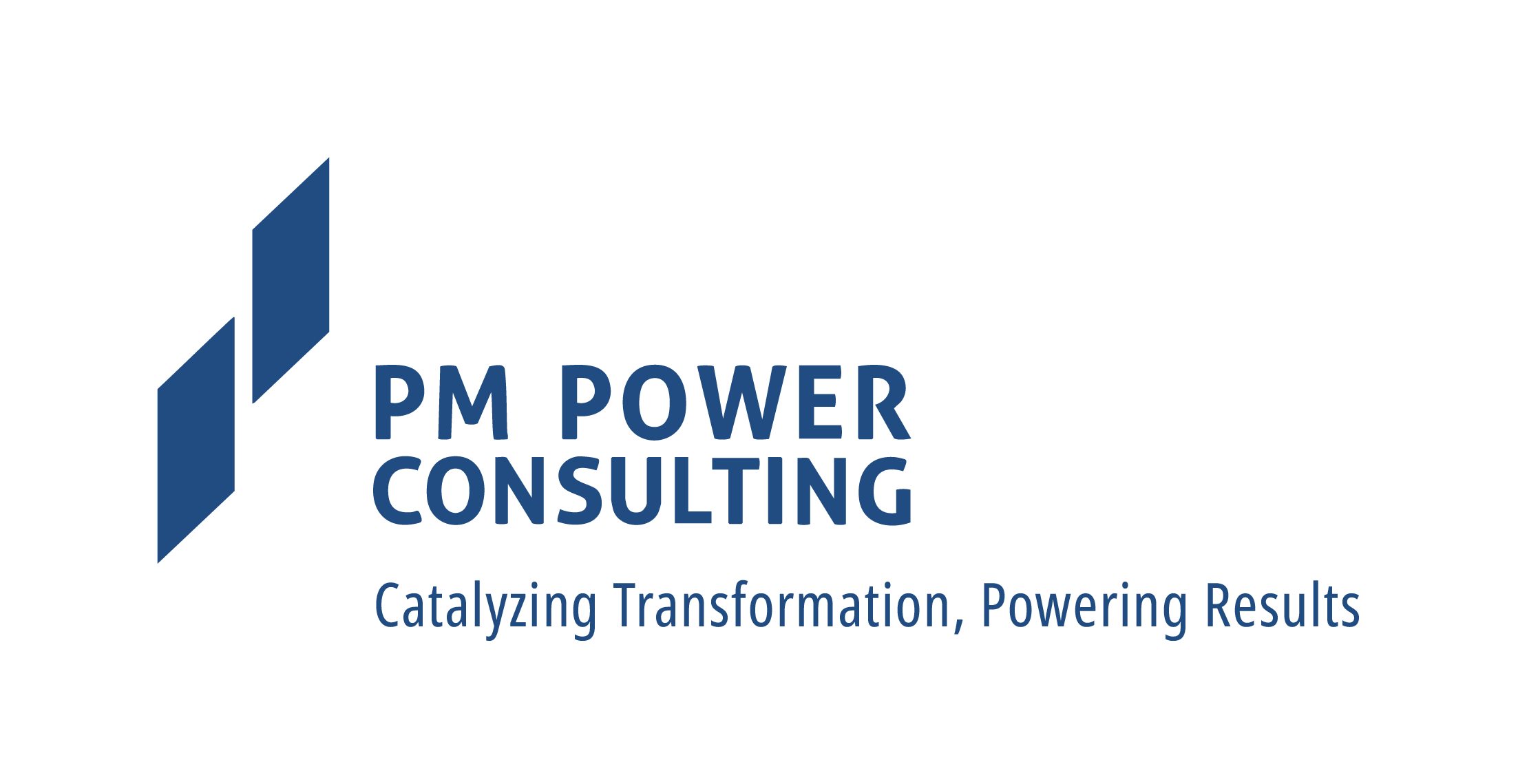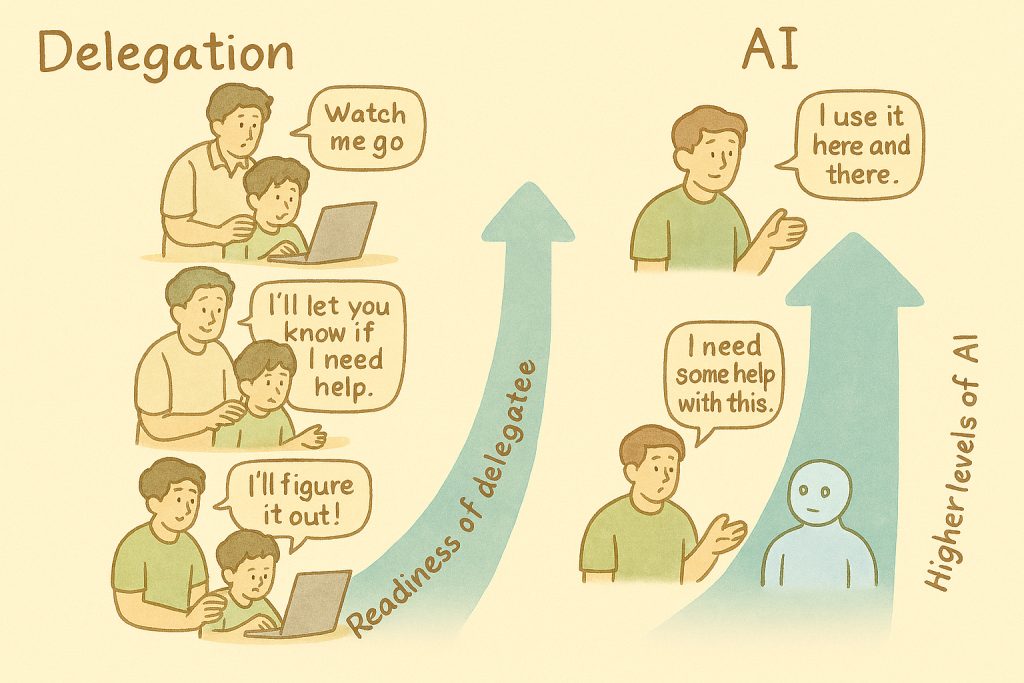The key objective of any performance management system is to identify the strengths, areas of improvements and to provide learning opportunity so the performance of the individuals and the teams and thereby of the organization is enhanced. However, it has become a tool for managing bell curve and for compensation management leaving both managers and team members equally dissatisfied with the process.
The traditional HR practices of people management date back to the late 40s and early 50s, after world war II. Even though the core business processes have transformed significantly over the last two decades, the HR practices have not. A strong gap exists between ‘continuously evolving organizations’ and HR Practices.
In traditional HR systems, the goal setting is an annual exercise, while the goals and tasks are dynamic in nature for Agile teams. As a result, by year-end, there could be misalignment between the initial goals (that were set at the beginning of the year) for the individual and his/her achievements. For example, one individual is a software developer at the time of the annual, goal-setting exercise. He/she gets reassigned to the tech-support role after a few months but his/her goals are not redefined accordingly. This situation is bound to create a problem at the time of year-end appraisal.
Another challenge is that traditional HR practices focus on individuals – their goals, performance, and training needs. The manager assigns tasks to the individual and the manager conducts the review on those assigned tasks. Contrary to this, Agile methods are about self-organized teams that plan, assign and execute their tasks. In addition, the team is responsible for tracking own progress, identify bottlenecks, and retrospect what went wrong and chalk out an action plan to improve on those. In nutshell, the traditional performance review is not in line with Agile principles.
Agile methods advocate aligning goal setting for teams with the planning cadence. Scaled Agile Framework (SAFe) recommends setting quantifiable objectives during Program Increment (PI) planning event, a cycle of 2 or 3 months to set collaborative objectives, team goals, and expectations. Agile ceremonies, iteration, and program retrospective serve as a mechanism for providing feedback and measurements on the performance of both the individuals and teams.
The frequent interactions and continuous feedback between leaders, team members, and other stakeholders during Agile ceremonies help in learning and continuous improvement as it provides cross-role, cross-functional, and cross-team learning opportunities. In addition, regular structured one-on-one dialogues between the manager and the team members happen, to review goals and progress and to discuss issues and challenges. The individual’s strength for the current and the future roles, development needs, and progress are key agenda of these meetings. The manager acts as a coach, listening, reflecting and helping the team member to come up with action plans. These structured dialogues replace the need for mid and end-year reviews.
To manage the volume and complexity of feedback, a few organizations have started using tools to manage and analyze them. The tools assist all stakeholders – managers, coaches, team members and if required clients, to provide real-time feedback on one another. A global telecom OEM uses proprietary technology to collect weekly raw data called “breadcrumbs” from employees about their peers’ performance. Such tools enable managers to see variations in individual performance over a period of time and intervene with coaching and mentoring.
The core of Agile methods is self-organized and self-driven teams. Thus, it is critical to measure the ‘Team performance’ against a certain benchmark and plan appropriate interventions to pull laggard teams to be at par with the best performing teams in the organization. A few companies are running pilot projects to identify the organization’s best-performing teams, analyze how they operate and share the learning with other teams in the organization. A global telecom company uses an enterprise-wide platform called Team Space. This tool tracks data on teams, their projects, their developmental needs, and achievements to assess performance and improvement areas of teams within business units and across the organization.
There are other interesting models experimented by a few organizations. One is the OKR (Objectives and Key results) model used by Google, LinkedIn, Twitter amongst others. Holacracy, created by HolacracyOne, is another interesting method for enabling organizations to be self-managed and self-organized.
The business world today is VUCA (Volatile, Uncertain, Complex, Ambiguous). “Speed is the new Business currency” and Agility is the mantra to compete and sustain in business. The way forward is to redefine performance management as a continuous, forward-looking, improvement focussed agile process targeted to improve business results. A large number of organizations including Google, Adobe, Accenture, Microsoft are leading the way. However, even though the efforts are in the right direction, it will take time for the HR function to catch up with other functions on the Agile maturity curve. The onus is on executive leadership and HR to transform themselves into a function that facilitates leading and coaching as opposed to managing and provide just-in-time support for learning and development.
Zafar Ahmad.





